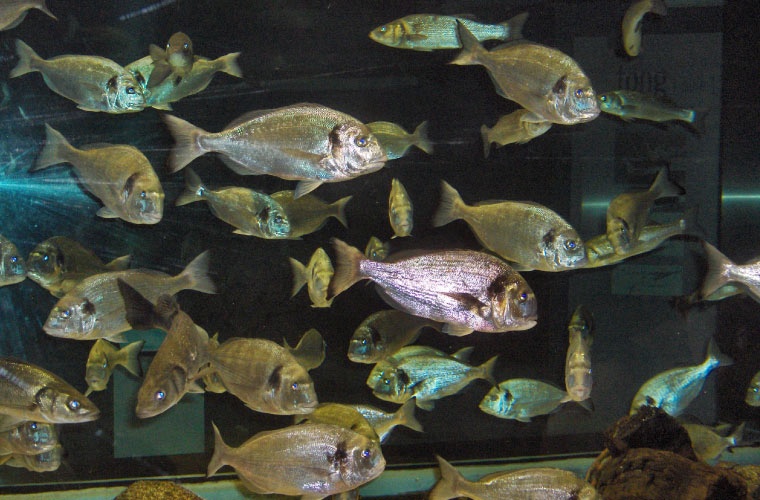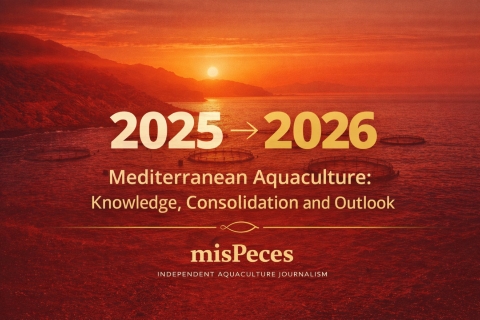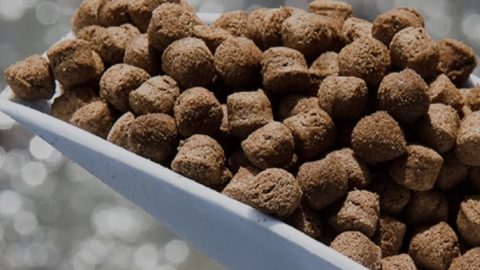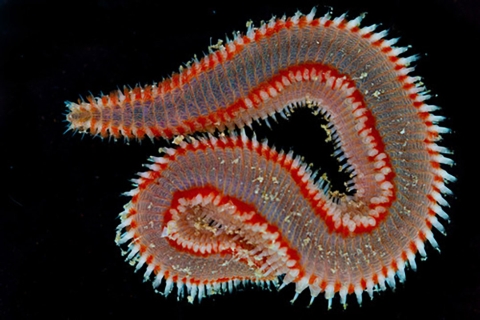
As fish welfare gains growing attention in aquaculture, the need for reliable, non-lethal health monitoring tools has become increasingly urgent. A recent study by researchers at the University of Murcia, in Spain, provides compelling evidence that low-invasive sampling of gill mucus in gilthead seabream (Sparus aurata) offers a robust and standarised method for assessing mucosal immunity-without sacrificing the animal.
This work represents a valuable opportunity to improve routine welfare assessments and therapeutic monitoring in farmed fish, particularly in species of economic relevance such as seabream. By refining and validating a low-impact sampling protocol, the study paves the way for researchers and aquaculture professionals to better evaluate immune response and disease risks while adhering to ethical and sustainability standards.
Published in Fish & Shellfish Immunology, the study compared two gill mucus collection approaches: a non-lethal swabbing method and an invasive method requiring euthanasia. Various immune-related parameters were measured, including immunoglobulin M (IgM) levels, enzyme activity, and bactericidal effects against common marine pathogens.
The authors stated that results demonstrated that most of the immune-related parameters and IgM levels, measured in gill mucus collected using the non-invasive method, exhibited higher activity levels compared to those obtained using the invasive one.
Gill mucus, often overlooked compared to skin and gut mucus, plays a key immunological role in fish as a barrier and surveillance medium. The study found that samples obtained using the non-lethal method not only yielded higher protein content and immune marker levels, but also showed stronger bactericidal activity against Vibrio harveyi and V. anguillarum. Notably, both methods had similar results against Photobacterium damselae.
The use of mild anaesthesia and gentle collection techniques in Approach 1 is thought to reduce stress-induced physiological changes that may compromise sample integrity. “Lower anaesthetic doses help maintain stable physiological conditions, such as regular heart rate and low cortisol levels, while minimising stress-related alterations,” the authors explained



